Are you worried about your kid’s smile ??
Does your child have discoloured teeth ??
Do you want your child to have a beautiful smile ??
If the answer to all the above questions is a YES! Then this article is for you.
Here are 10 Shocking Causes of Discoloured Teeth in Children (Every Parent Should Know)
Most of the time, parents are worried about the stains on the kids’ teeth, but the problem is that they notice it a little too late. When the stains have increased, they start paying attention to it as it starts becoming physically more visible. But actually, that should not have been the case.
Did you know the child’s first dental visit should be done by the Child’s First birthday??
Did you know we should start brushing our kids’ teeth when the first tooth erupts in the child’s mouth??
The awareness of dental and oral health is very blurred in our society, so the rate of ECC (Early Childhood Caries) is also very high. According to a survey, India has a prevalence of 51.9% of ECC.
Table of Contents
What is a Discoloured Tooth?
The natural colour of the permanent teeth varies from slightly yellow to white, not pure white. So any change in the natural colour of teeth signifies discoloured teeth, it might be more towards yellow, black or even sometimes a little green.
Kids mainly have black stains on the surface of their teeth, which usually start on the gum line.
The tooth has an outer layer of Enamel, a middle layer of Dentin and an inner layer of Pulp. So, if the discolouration involves only the outer layer, i.e. the enamel, then the stains are extrinsic. If the inner layers are also involved, then the stains are intrinsic.
Causes of Discoloured Teeth and their Prevention and Treatment
1. Chromogenic Bacteria

These are the colonies of bacteria that are mainly present in a child’s mouth, which cause the discolouration of the child’s teeth.
These bacteria, when not removed, start depositing on the surface of the tooth and stain the tooth, causing black or sometimes even orange stains. These can be very easily diagnosed, but a professional opinion is always required.
The stains can be avoided if proper oral hygiene is maintained, and it is a parent’s or the caregiver’s responsibility to brush the child’s teeth twice a day, as children younger than 7 years of age lack the dexterity to brush their teeth themselves effectively.
These stains are extrinsic and can be removed professionally by the dentist, but can not be removed at home with simple brushing once they are formed.
The number of chromogenic bacteria keeps reducing in the child’s mouth as the child grows and the permanent teeth start erupting.
Prevention and Treatment:
- Brushing twice a day is the best solution. The plaque formation starts within 24 hours of brushing, and it slowly hardens in approximately 42-72 hours, making it difficult to remove.
So, brushing twice a day helps remove plaque from the tooth surface and prevents bacteria from depositing. Use a grain size of kids’ age-appropriate fluoridated toothpaste and brush twice daily for a child less than 3 years of age, and a pea-sized amount of toothpaste after the child turns 3 years of age. - Regular dental visits are important. Yes, you read it right, regular dental visits, even for children, are important and should be done once every 6 months. The dentist will remove the stains with a professional cleaning.
The stains will come back if proper oral hygiene is not maintained.
2. Iron Stains

Are you giving your child iron supplements or multivitamins?
This can be another cause of black stains on the child’s teeth. The multivitamins also contain iron which leads to black stains on the surface of the teeth.
Doctors prescribe iron supplements to your child when they need them. The iron deficiency is cured, but it causes staining of the child’s teeth, as most of the time, liquid supplements are prescribed. The supplement touches the surface of the teeth and therefore causes staining.
It is not harmful, but aesthetically it doesn’t look good and also might cause a loss of self-confidence for a child, especially school-goers.
Prevention and Treatment:
Iron supplements are to be given if it has been prescribed by your paediatrician. But the stains can be prevented or reduced if:
- You dilute the supplement with water or juice
- You give water immediately after the supplement
- Use a straw while giving the supplement to avoid contact with teeth
- Brush twice a day
If the stains are still present, a professional dental scaling (cleaning) is required.
3. Poor Oral Hygiene
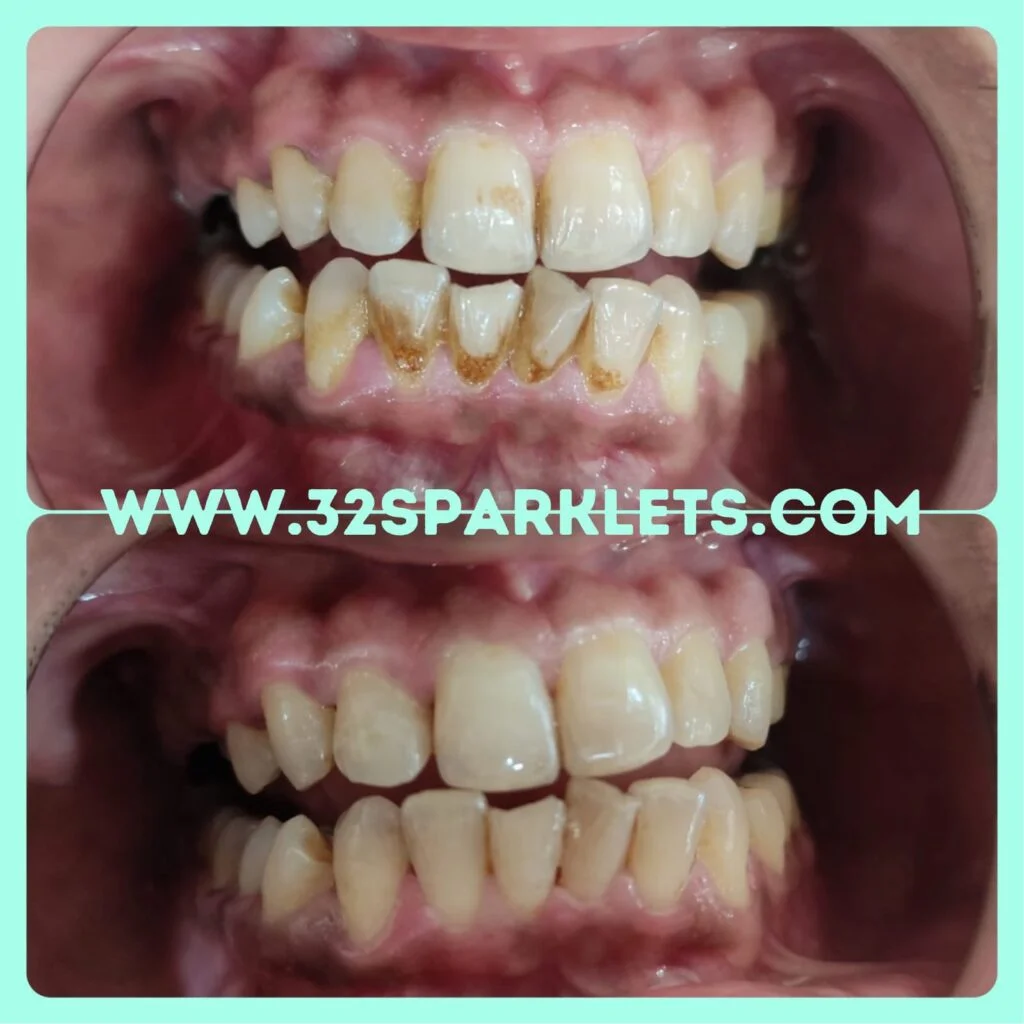
Parents give the least importance to dental health for kids. When we bathe the baby every day or even two times a day sometimes, then why not brush their teeth?
The child is eating and drinking using his or her baby teeth every day. There is plaque and bacteria over the surface of the teeth, and it needs cleaning.
Due to poor oral hygiene, the plaque gets deposited over the surface of teeth, which can eventually change into calculus (tartar) and also cause discolouration of teeth.
Prevention and Treatment:
Oral health is as important as overall health. The oral cavity is a space that comes in contact with all kinds of food and drinks. So, it needs proper cleaning twice every day, even for the children.
The myth that “my child just has a single tooth, why should I brush it?” is not true. Every single tooth in the child’s mouth needs proper cleaning. The milk teeth have a very important function, and we need to preserve them.
The stains on the surface of the teeth can be prevented with proper oral hygiene. If your child has close contact between the teeth, you should start flossing as early as possible.
4. Fluorosis
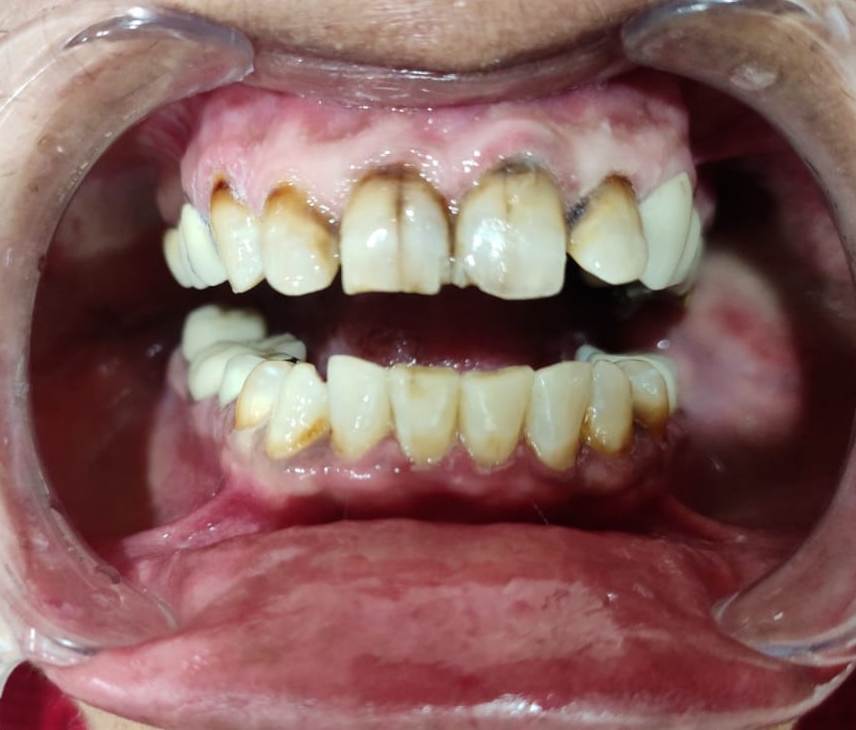
Certain areas have a little too much Fluoride in their drinking water, which is the main cause of fluorosis. Fluorosis mainly occurs even before the eruption of the permanent teeth. Water consumption which has excessive fluoride before the age of 6-7 years is responsible for fluorosis of permanent teeth.
Sometimes, formula milk is mixed with fluoridated water, and if this is the main source of your child’s diet, it can be the reason for fluorosis. It appears as white pits on the surface of the teeth. Sometimes it is extensive and sometimes so mild that it is barely visible.
Another reason for fluorosis is too much intake of fluoridated toothpaste by the child.
Prevention and Treatment:
Yes, fluorosis can be prevented. You can check online what the fluoridate level is in the drinking water supplied to your area. If the levels are higher than 2.0 mg/L or parts per million, you need to think about an alternate source of drinking water or home water treatment, which will help in removing excessive fluoride from the water. This is a must for children younger than 6 years of age.
Make sure your child brushes with only a kid’s age-appropriate toothpaste and not an adult toothpaste. Use only a grain size of toothpaste till the age of 3 years and a pea size after the age of 3 years. Brush twice a day. Assist the child in brushing at least till the age of 6 years.
Must Check: 5 Best Toothpaste for Kids (Expert Recommended)
5. Tooth Injury
Kids play, kids fall, and teeth get injured.
Sometimes, when there is no external bleeding, we ignore it and do not get it checked. But because of the blow, there is internal bleeding, and the tooth turns non-vital, and there starts a change in colour of the tooth, and it turns almost black.
A single black tooth is a sign of dental trauma or accident.
Prevention and Treatment:
If the child had a dental injury, visit a dentist as soon as possible. Do not delay. The colour change of the tooth might be visible after around 10-15 days, or even more. If the colour is changing, you will have to get a root canal done for the concerned tooth and then a cap (crown) over the tooth.
6. Enamel Defects

Enamel defects, most commonly known as enamel hypoplasia, are seen in kids sometimes. The enamel in this defect is either very thin, has pits, is stained or sometimes completely absent. The cause can vary from genetic to environmental.
The teeth with Enamel hypoplasia appear more brownish in colour and can be more sensitive to hot and cold. The tooth is more prone to cavities and abrades more often. It is not necessary that if the milk teeth had enamel hypoplasia, the permanent teeth also would be affected. If the environmental factors are involved, depending upon the exposure, either of the dentitions can be affected.
Prevention and Treatment:
Prevention of enamel hypoplasia is difficult, as it is diagnosed after the eruption of teeth. However, there are treatment options and home remedies to prevent further loss of enamel.
- Brush twice a day with a pea-sized amount of age-appropriate fluoridated toothpaste
- Give your child a nutritious diet
- Avoid sticky food and food rich in sugar content
- Make sure to visit a dentist twice a year for a routine dental examination. The dentist will either do a fluoride application or fillings as per the situation. For full coverage of the tooth, dental crowns are recommended if the defect is severe.
7. Medical Conditions
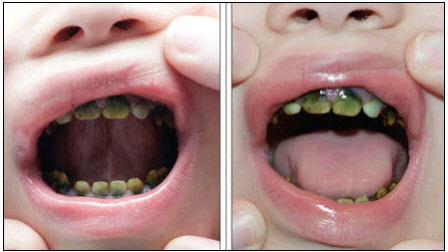
Certain medical conditions are responsible for the improper development of the enamel and dentin of the tooth. Diseases like hyperbilirubinemia give a green or yellowish hue to the tooth, thus being a rare but known cause of discoloured teeth. The parents might seek treatment or remedies for the same.
Prevention and Treatment:
If the milk teeth are affected, there is nothing that needs to be done. The discolouration can not be removed by brushing. Whitening agents should not be used for kids. The best is to wait for the permanent teeth to erupt, and if affected can be treated with esthetic procedures.
8. Cavities
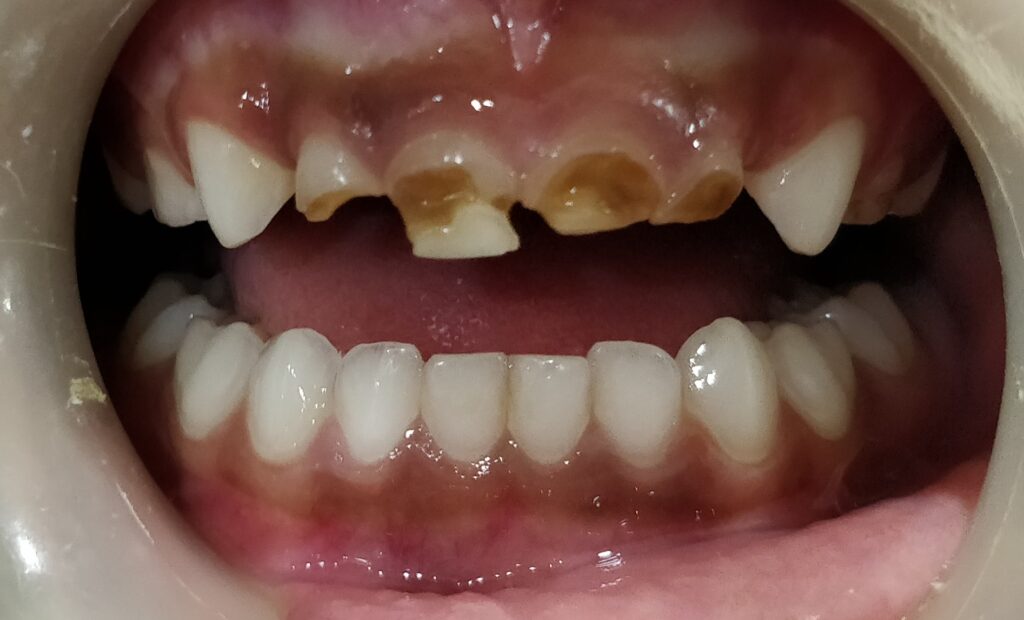
Often, the parents or the caregivers mistake cavities for stains. This is why a regular dental visit, even for the kids, is mandatory.
Cavities start due to poor oral hygiene, eating too much sticky food like chocolate, chips and biscuits, night feeds, too many juices and drinks with high sugar content or sometimes even when a child has a habit of keeping the bite in the mouth for a long time.
A cavity might start as a white flaky line and finally turn brown and black in colour. The tooth structure will be destroyed slowly, and the child might even have pain and an abscess (pus with respect to the infected tooth).
The milk teeth are as important as the permanent teeth and should be treated immediately.
Prevention and Treatment:
To prevent cavities:
- Brush your child’s teeth twice every day using a grain size of age-appropriate fluoridated toothpaste till the age of 3 years. After the age of 3 years, use a pea-sized toothpaste.
- If the contact between your child’s teeth is tight, start flossing once daily.
- Avoid night feeds.
- Avoid sticky food like chocolates, chips and biscuits.
- Give a nutritious diet which includes fruits and vegetables.
- Visit a dentist once every 6 months so that if there is any cavity, it can be filled as soon as identified.
To treat cavities:
- If it is the very initial stage, fluoride application can be done, which prevents further invasion of the decay.
- If the cavity is a little deep but does not involve the pulp (inner layer of the tooth), filling can be done.
- If the decay has invaded the pulp, a pulpotomy (removal of the upper surface of the pulp) or pulpectomy (complete removal of the pulp) is done depending on the situation.
9. Stains from Food and Drinks
Our food and drinks contain substances that cause the discolouration of the surface of the teeth when consumed regularly. But most of the kids do not consume tea and coffee, which are the main culprits, so the stains can be avoided.
But one of the most important things found especially in Indian food is “Turmeric”, which, when consumed regularly, can cause the teeth colour to change into a slightly yellow colour.
Prevention and Treatment:
Avoiding the food and drinks which cause discolouration is how you can prevent these stains. But that is not possible in most cases, as turmeric is a main and also a healthy part of our food. So, rinsing frequently after eating can be one solution.
The other thing is to visit a dentist twice annually and get a proper cleaning and polishing of the teeth done. This will remove the extrinsic stains (on the surface of the enamel), but will not have any effect on the intrinsic stains (stains that are inside the enamel). For intrinsic stains, to enhance your smile, you can get bleaching done, a super simple one-hour on-chair procedure.
10. Excessive Sugar and Acidic Diet
Excessive sugar and an acidic diet are one of the important causes of discoloured teeth. Children today are surrounded by sugary and acidic foods, candies, chocolates, sodas, packaged juices, sports drinks, flavoured milk, chips, and processed snacks. While an occasional treat is fine, frequent consumption leads to tooth discolouration and decay.
Sugar feeds harmful bacteria in the mouth. These bacteria produce acids that erode enamel, leaving behind yellowish or brown spots.
Acidic drinks and foods (colas, citrus juices, pickles, vinegar-based snacks) soften enamel. Once enamel thins out, the underlying dentin (naturally yellow) shows through.
Sticky foods (like caramel or gummies) cling to teeth for longer, causing deeper stains and increasing the risk of cavities.
Prevention and Treatment:
– Limit sugary snacks and drinks, especially between meals. Encourage healthier alternatives like fruits, cheese, nuts, and plain water.
– Use a straw when giving acidic drinks (to minimise contact with teeth).
– Rinse the mouth with plain water after consuming sweets or acidic foods.
– Maintain good oral hygiene, brushing twice daily with fluoride toothpaste and flossing regularly.
Fluoride application and restorative fillings can help in extreme cases.
Why are the Milk Teeth Whiter than the Permanent Teeth?
The milk teeth are most of the time pearly white, while the permanent teeth are slightly yellow in colour.
The reason for that is that the layer, which is the dentin, is responsible for giving the yellowish colour to the teeth. The milk teeth have less dentin as compared to the permanent teeth, so they appear whiter.
Why is Preventing Staining Of Teeth So Important?
Teeth are one of the first things someone notices about you. So, a beautiful smile adds to the personality. When a child has stains on the teeth, he or she gets picked up at school by fellow students. This lowers the child’s morale. To help them not lose confidence, they need to have a healthy smile.
Not just this, a child should know the importance of good oral hygiene. And if proper brushing and regular dental visits are followed, chances are there would be less discolouration of teeth.
FAQ’s on Causes of Discoloured Teeth
1. Why are my child’s teeth turning yellow even after regular brushing?
Sometimes, yellowing is not due to poor hygiene but because permanent teeth naturally appear more yellow than baby teeth. Other causes include thin enamel, food stains, or plaque buildup. A regular dental check-up is mandatory for children as well as adults.
2. Can discoloured baby teeth affect permanent teeth?
In most cases, discolouration of baby teeth does not directly affect permanent teeth. However, if the cause is trauma, infection, or enamel defects, it may influence the developing permanent tooth.
3. What foods and drinks stain children’s teeth the most?
Dark-colored foods like a few berries, chocolates, and drinks like colas, packaged juices, and tea can leave surface stains on kids’ teeth. But this happens when consumed frequently. Occasional ingestion would not affect the teeth.
4. When should I take my child to the dentist for discoloured teeth?
If the discolouration is sudden, spreading, or associated with pain, swelling, or cavities, you should consult a dentist immediately. Even mild discolouration should be checked during routine dental visits. Routine dental visits are mandatory once every 6 months.
5. Can teeth whitening be done for children?
Whitening is generally not recommended for young children. For mild stains, professional cleaning is usually enough. For older children or teens, whitening may be considered under dental supervision only if the child is conscious and other methods don’t work.
Take Away Message
Oral Hygiene is very important to maintain, and if proper care is taken at home most of the time, the stains can be avoided to some extent.
Remember, the first dental visit of the child is mandatory by the child’s first birthday.
Happy Brushing!
Disclaimer:
This blog provides general information about the causes of discoloured teeth. The opinions and content on this blog are only for conversational purposes and should not be interpreted as medical advice on any particular individual. If the reader or any other person has a dental concern, he or she should consult with an appropriate licensed dentist.
To book an appointment with us, click the link www.32sparklets.com
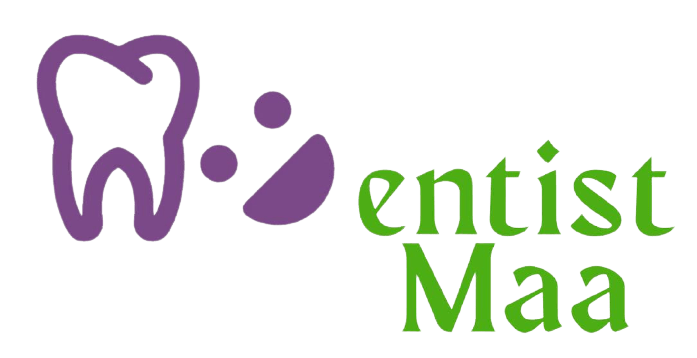
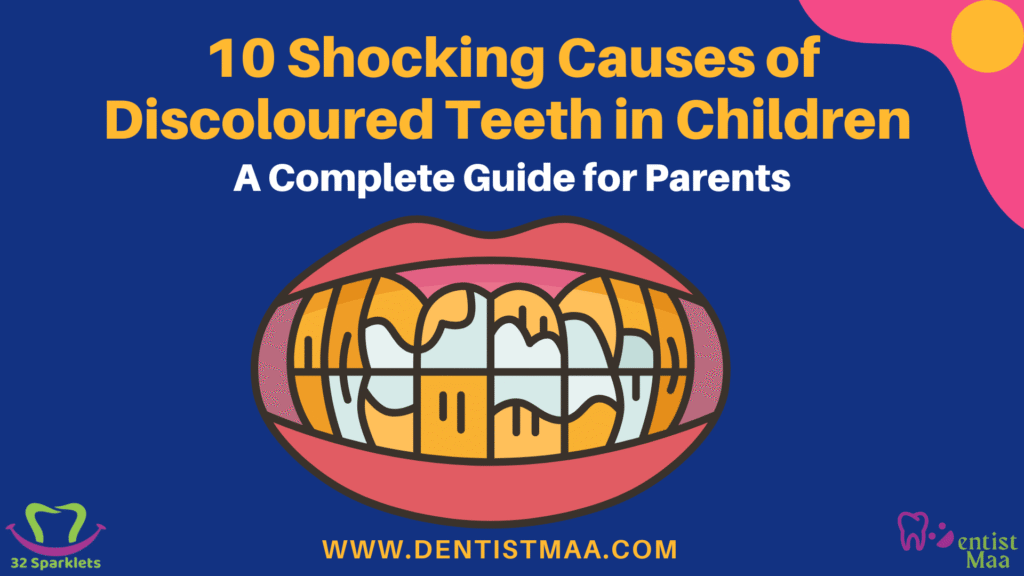
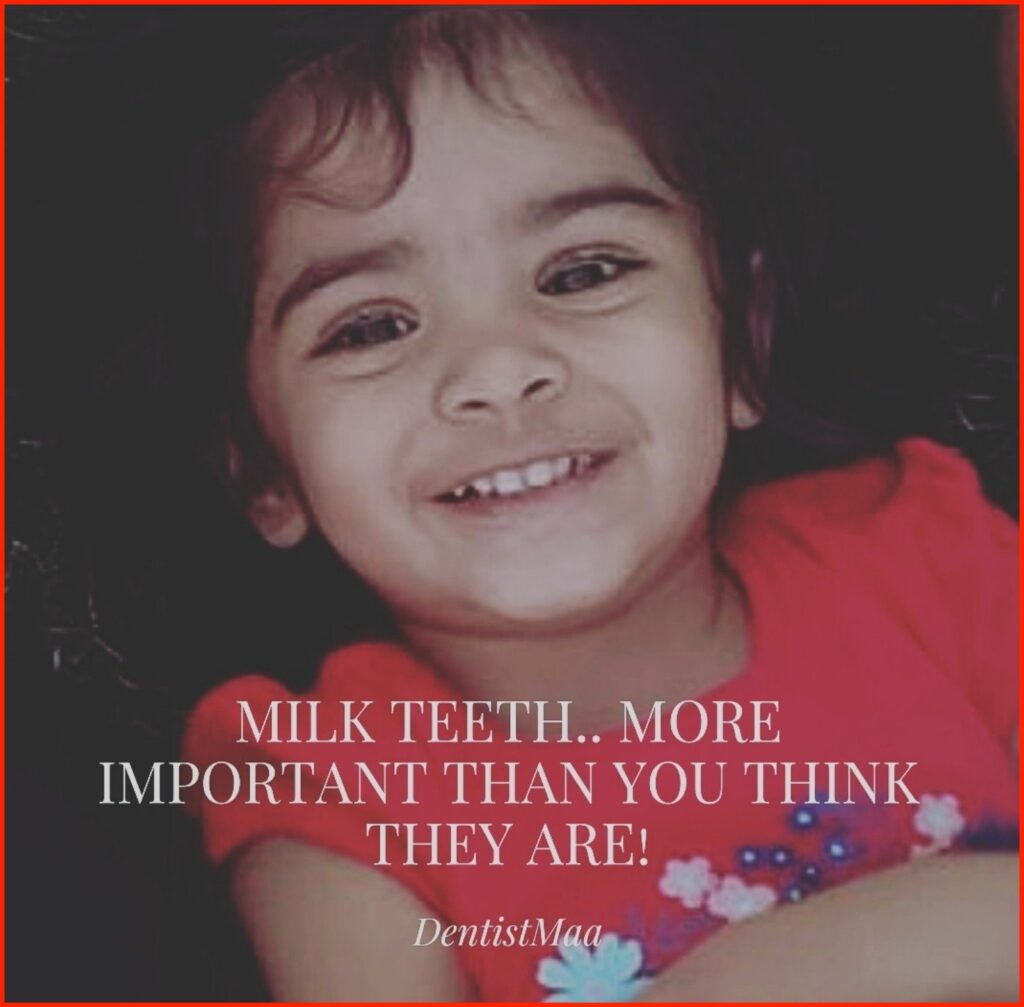
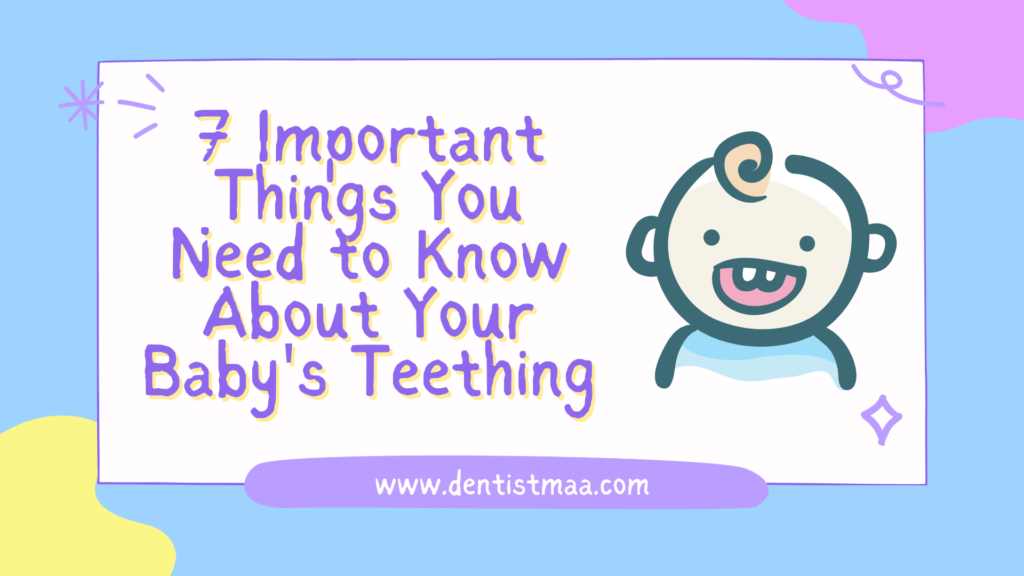
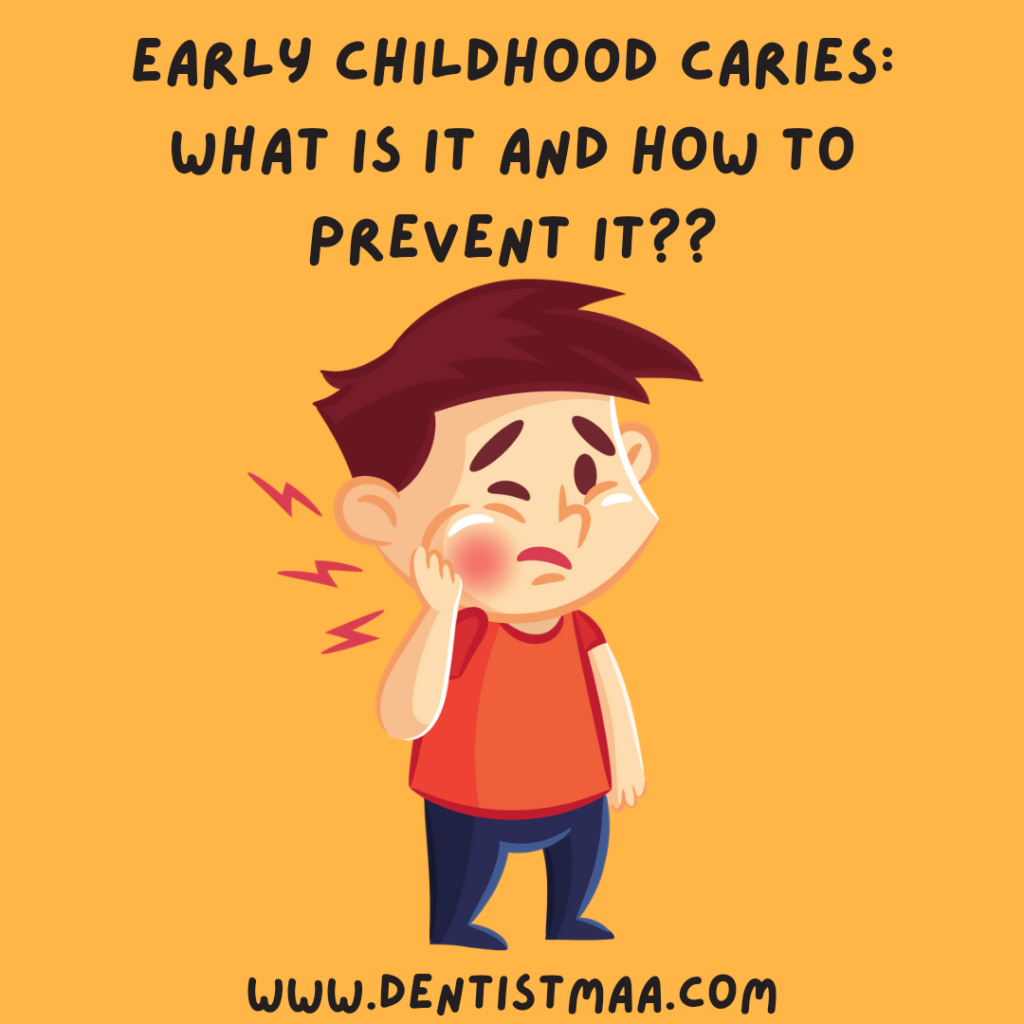
Pingback: When to start using toothpaste for kids? - DentistMaa
Very well explained.
Thank you so much!